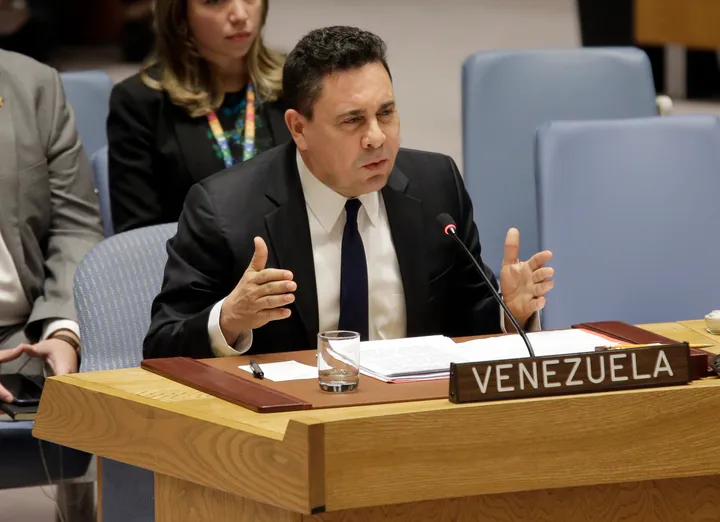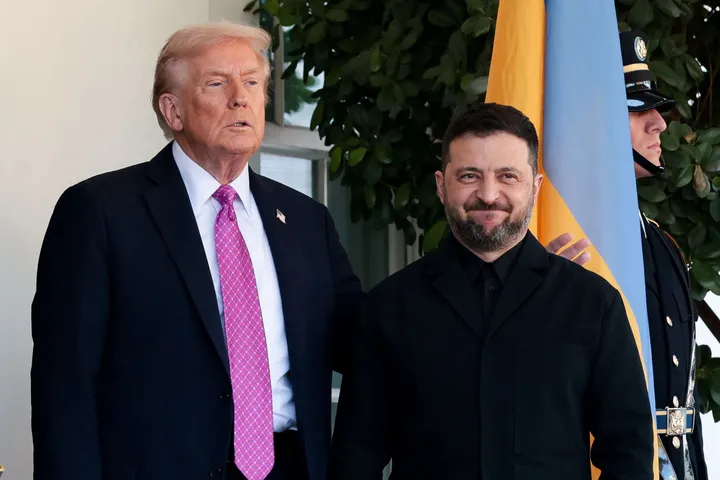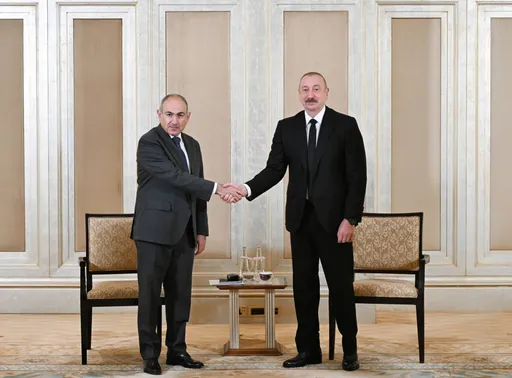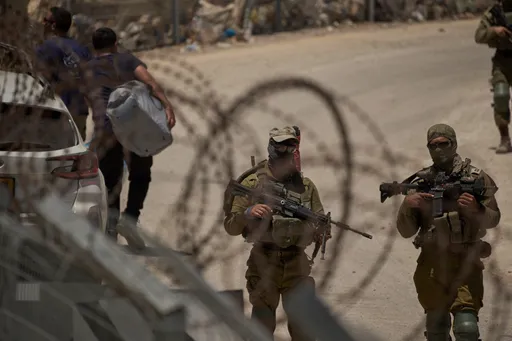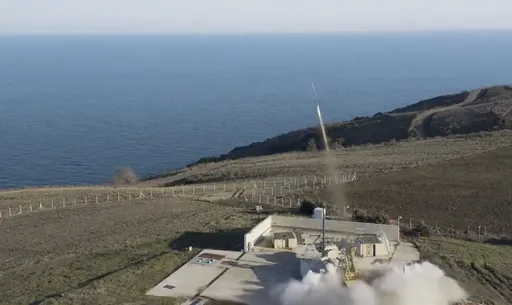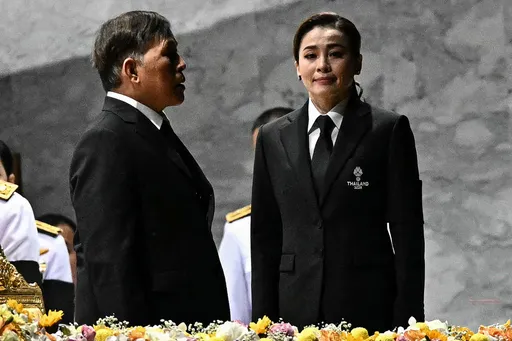Since the Assad regime managed to regain most of Syria with the help of Iran and Russia, northern Syria has become one of the most dangerous battlefields. From the Idlib province to YPG-held “cantons” or autonomous regions, different armed groups are still fighting each other to claim the territory.
With the recently announced US withdrawal from northern Syria, an offshoot of the telephone diplomacy between Turkish President Recep Tayyip Erdogan and US President Donald Trump, the debate about creating a safe zone is raging so as to prevent extremist groups from filling the power vacuum.
But military powers on the ground from the US and Turkey to Russia and the Assad regime are jockeying for different political objectives, keeping their geopolitical interests in view.
While Turkey is concerned about the YPG controlling several parts of northern Syria, the US has been placing its bet on the YPG, the Syrian affiliate of the PKK, which is regarded as a terrorist organisation by both Ankara and Washington. Washington says it counts on the group not just in its fight against Daesh but also in keeping the Iranian militias in check.
As a result, the two NATO allies have competing ideas for what the proposed safe zone should look like.
Since late 2014, when Daesh’s self-proclaimed universal caliphate took over territories in Syria and Iraq, leading to another deluge of refugees, Turkey was the first country to urge the US to consider establishing a safe zone in northern Syria and address the refugee crisis.
The US brushed aside the idea on many occasions until Trump's phone call with Erdogan confirmed the US pullout from the region, and revived the discarded safe zone option. It now leaves the two NATO allies with the task of coming to a common understanding on where the safe zone could be established and who will essentially guard and administer it.
As Turkey continues to stick with its plan to conduct a third cross-border operation in northern Syria, the calls for the safe zone are getting shriller from Washington.
In the wake of the recent deadly Daesh attack in Manbij, a YPG-controlled town in the west of the Euphrates river, where the US, Russia, the Assad regime and Turkey have a military presence in different locations, the strategic and military framework of the safe zone carries crucial importance for all the political actors in Syria.
US safe zone
Trump and other American officials are currently talking about a 30 km deep buffer zone between Turkey and the YPG in northern Syria. But both Turkish and American experts approach the idea with suspicion because of Washington's controversial statements that conflated Kurds with the YPG.
US Republican Senator Lindsey Graham also invoked the safe zone after his recent meeting with Trump over the US pull-out plan.
Like many other American officials and politicians, Graham has been questioning Trump's decision, raising concerns whether the US proxy YPG will remain safe in the absence of American soldiers.
Graham's statement contradicted his previous position on the YPG, since in the past he recognised it as a problematic armed group that has been a cause of “legitimate concerns" for Turkey, as the group's parent organisation the PKK has launched a four-decade-long terror campaign against the Turkish state.
“They [the Kurds] stepped out nobody else would. He [Trump] is very aware of that problem. He’s going to be talking with Turkey, ensuring about Turkey that they would have a buffer zone they need, given their concerns about YPG,” Graham said, using somewhat confusing terminology, which has become a norm for many US lawmakers and officials when it comes to the question of northern Syria.
From Graham's statement to the US National Security Adviser John Bolton’s controversial remarks last week, regarding conditions of the US withdrawal, and to Trump’s recent tweet, which drew parallels between the YPG and the Syrian Kurds, one common understanding that emerges from Washington is to ensure the YPG remain unharmed.
But rather than worrying about the YPG, the experts find Turkey at the receiving end, if the YPG remained intact in northern Syria, next to Turkish border.
“Such a safe zone might protect the YPG, but it could not protect Turkey,” said Edward Erickson, a former US officer and military analyst, during a recent TRT World interview.
“The spatial characteristics of the area are too large for a safe zone. Which country would guarantee the safe zone? Who would pay for it? Which country would station troops there for an indefinite period? Consider also that terrorists can easily penetrate borders – just look at Gaza or the Indo-Pakistani border,” Erickson added.
Turkish safe zone
Ankara appears to have mixed feelings about the US proposal, with concerns about how unsafe the safe zone could be for Turkey. Erdogan said he generally perceives Trump’s proposition “in a positive way.” But he outrightly rejected any presumption that the YPG could be part of the safe zone “project."
However, Trump thinks the YPG can still play a role in the proposed safe zone in the fight against Daesh.
Erdogan’s nationalist ally, MHP (Nationalist Movement Party) leader Devlet Bahceli, fiercely opposes a safe zone which is not under complete Turkish control, saying that it would work in the interest of “terrorists.”
In a response to Bahceli’s opposition, Ibrahim Kalin, the presidential spokesman, assured that “The safe zone will be under Turkish control.”
“Consequently, there will be a safe zone in this area [YPG-controlled territories], where Turkey will deploy its military and intelligence, making local people part of [the governance] process,” Kalin asserted.
He also reminded that a de facto safe zone has already been established in northwestern Syria from Jarablus to Al Bab, where Turkey originally defended a safe zone previously and now it controls the areas. With the second Turkish operation to Afrin last year and the instalment of de-escalation zones in the Idlib province along with Russians and Iranians, these areas have been further extended to Afrin and Idlib, Kalin indicated.
The YPG safe zone game
The recent statement from the YPG-led Syrian Democratic Forces (SDF) indicates the group is trying to achieve "international guarantees" for the safe zone "that would prevent foreign intervention," referring apparently to Turkey’s planned operation in the region.
“At first step, the safe zone could work for us. But in the long-run, it means the legitimisation of the YPG [by Turkey],” said Cevat Ones, former deputy director of the Turkish national intelligence agency, indicating the possible risks of the US proposal.
“[If we fully embrace the idea], it means that we recognise the presence of the YPG in the east of the Euphrates,” Ones told TRT World.
The group also said that UN forces should be deployed in the proposed safe zone between Turkey and the YPG to prevent any Turkish operation.
It could turn out to be a catch-22 situation for Turkey since any recognition to the group could also normalise the workings of the PKK.
Russian position
Despite playing a key role in creating de-escalation zones in Idlib, Moscow does not envision any safe zone in the YPG-controlled territories. Instead, it strongly advocates for the Assad regime's full control of Syria.
"We are convinced that the best and only solution is the transfer of these territories under the control of the Syrian government, and of Syrian security forces and administrative structures," said Russian Foreign Minister Sergei Lavrov on January 16.
Russia is reportedly instrumental in facilitating a mediation between the Assad regime and the YPG.
"We welcome and support contacts that have now begun between Kurdish representatives and Syrian authorities so they can return to their lives under a single government without outside interference," Lavrov said.
“Russia’s strategic goal in Syria is the restoration of the status quo ante bellum, which means the restoration of the Assad regime’s control of the entire country of Syria,” Erickson observed.



